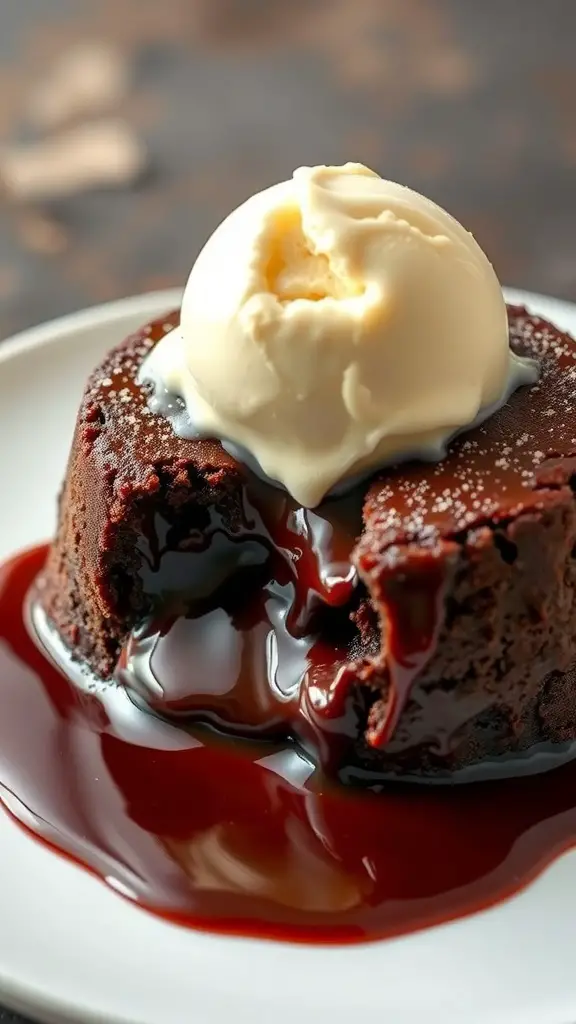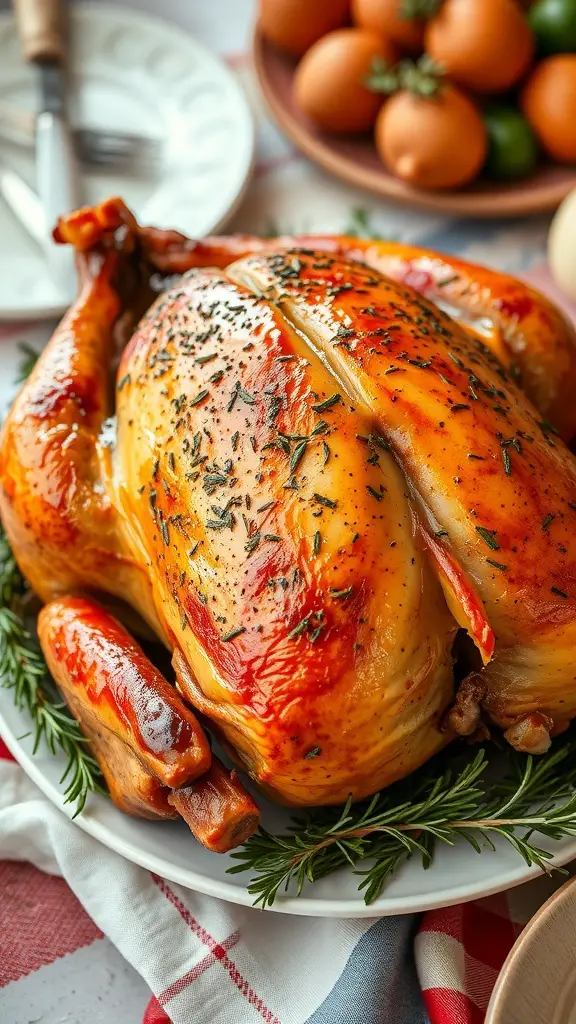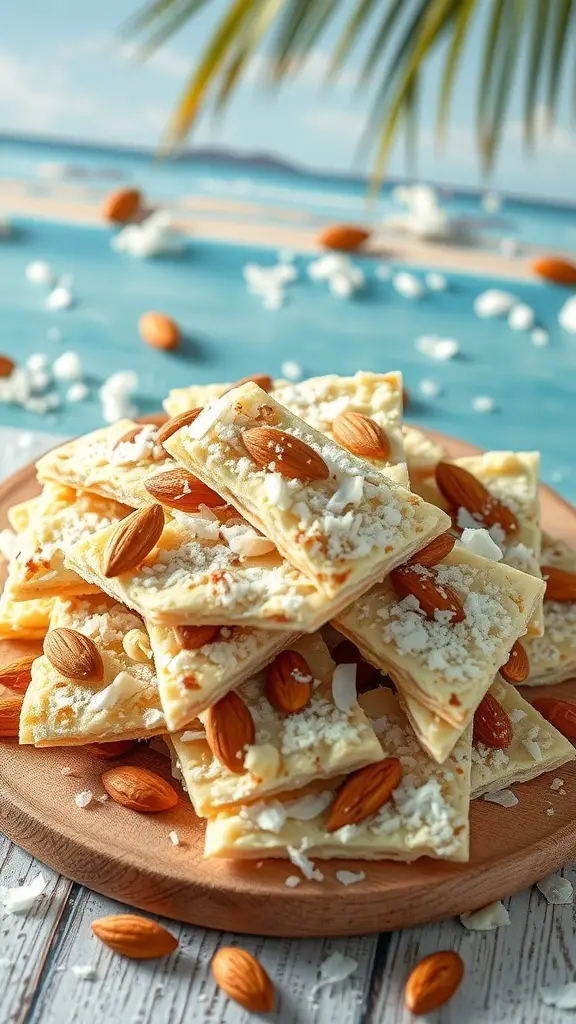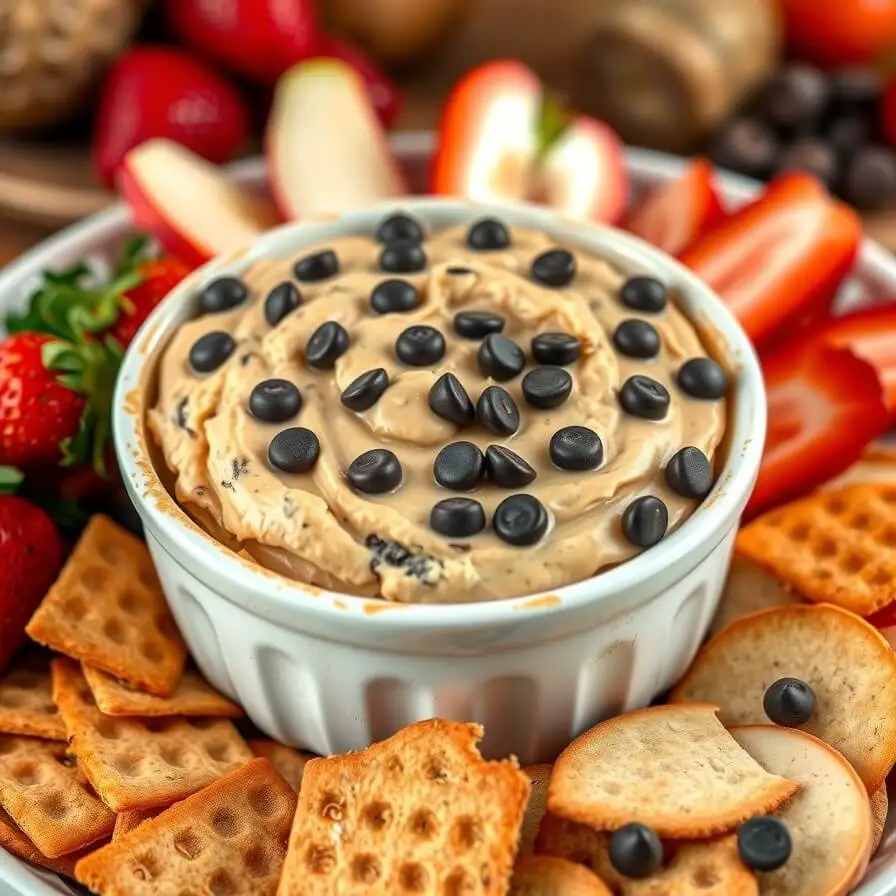Carnivore Bread Recipe
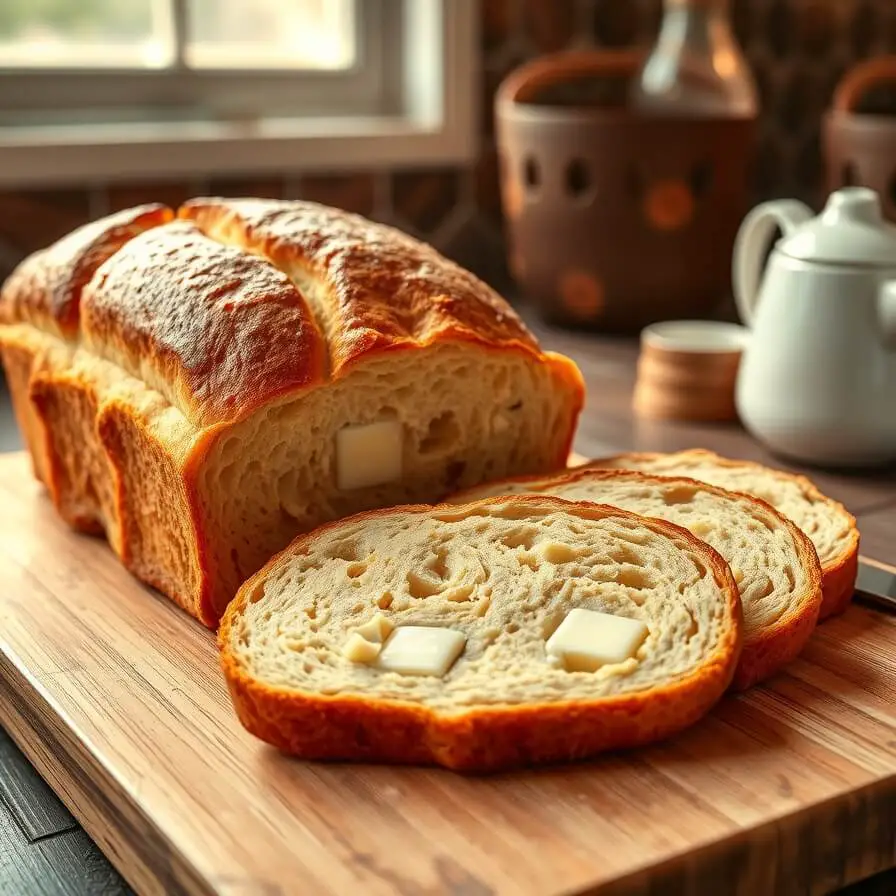
I have to admit, the first time I heard about “carnivore bread,” I laughed a little. Bread… without flour? Without any grains at all? It sounded like something that shouldn’t work. But once I finally tried it, everything changed. Now it’s one of those recipes I make almost every week—especially on the days when I want something that feels like bread but keeps me fully aligned with my low-carb, protein-heavy routine.
I remember the exact morning I baked it for the first time. The house was quiet, everyone still asleep, and I whisked eggs and melted butter while hoping this strange, flourless batter would actually rise in the oven. When I pulled it out, the loaf was golden and surprisingly fluffy. My husband wandered into the kitchen, cut a slice, and said, “Wait… this is carnivore?” That was the moment I knew I had something worth sharing.
This carnivore bread isn’t complicated, and it doesn’t try to mimic regular bread perfectly. Instead, it embraces simple ingredients—eggs, cream cheese, butter—and turns them into something comforting, satisfying, and shockingly versatile. Whether you’re trying to cut carbs, shift to a carnivore lifestyle, or simply experiment with a protein-rich alternative, this recipe is one of those small wins that feels bigger than it should.
And today, I’m sharing exactly how I make it in my own kitchen, with all the little notes I’ve learned along the way.
Why I Love This Recipe
What makes this carnivore bread so special is how surprisingly “normal” it feels. When you’re following a meat-based or low-carb lifestyle, you eventually start missing textures—soft, sliceable foods that pair well with butter or meat. This recipe fills that gap without relying on nut flours, gluten substitutes, or anything that leaves a grainy aftertaste.
Another reason I adore it is its simplicity. The ingredient list is short, and everything blends together quickly. If you can crack eggs and melt butter, you can make this recipe. There’s no yeast, no kneading, no waiting for dough to rise. It’s one of those “mix, pour, bake” breads that comes out right almost every time.
I also love how customizable it is. If I want something buttery and dense, I tweak the fat. If I want it fluffier, I adjust the egg mixture or whip the whites longer. And while it’s still inherently savory, it has a mildness that works well as sandwich bread, toast, or even a base for sweet toppings if that fits your diet.
But the real reason this recipe stands out? It makes the carnivore lifestyle feel easier. Having a slice of “bread” with my morning eggs, or building a sandwich without compromising my goals, makes daily eating feel more familiar and enjoyable. It’s comfort food, but without the carbs—and that alone makes it a regular part of my rotation.
Ingredients for Carnivore Bread
The beauty of carnivore bread is that the ingredients are familiar, simple, and incredibly rich. When you remove grains and starches, you rely on ingredients that naturally bind and provide structure—mostly eggs, fats, and dairy.
Here’s what you’ll need:
Eggs
Eggs create the base of the bread. They’re what give the loaf structure and help it rise. For this recipe, you’ll separate the whites and yolks because whipping the whites adds the lift that keeps the bread from becoming too dense. The yolks, meanwhile, contribute richness and flavor.
Cream cheese (or softened cottage cheese)
Cream cheese adds body and creaminess. It blends into the yolks beautifully and gives the bread a soft, slightly spongy texture that resembles something close to brioche. If you want a lighter loaf, cottage cheese works too—but it should be blended smooth.
Butter
Melted butter adds flavor and helps with moisture. Without it, the bread can feel dry or too egg-heavy. Use unsalted butter so you can control the seasoning.
Salt
Even carnivore bread needs a little salt to bring out the flavors. A small amount goes a long way here.
Optional additions
Some variations include gelatin, egg white powder, or even a small amount of heavy cream. These aren’t required, but they can adjust texture depending on whether you prefer soft, dense, fluffy, or slightly firm slices.
Everything in this ingredient list works together to create a loaf that slices cleanly, toasts well, and stores beautifully—without anything that falls outside a carnivore diet.
How Much Time Will You Need?
One thing I love about this recipe is how quick it is. From the moment you preheat your oven to the time the bread cools enough to slice, you’re looking at about an hour.
The breakdown goes like this:
Mixing the batter doesn’t take long—maybe 10 minutes, especially if you have a stand mixer or hand mixer ready. Most of the time is spent waiting for the loaf to bake and cool.
Baking usually takes around 35–40 minutes, depending on your oven and the size of your loaf pan. Cooling is important, too, because slicing it too early can cause the bread to fall apart. Give it at least 10–15 minutes before you cut into it.
So yes—this carnivore bread is easy, but it’s also quick enough for busy weekdays.
How to Make This Carnivore Bread
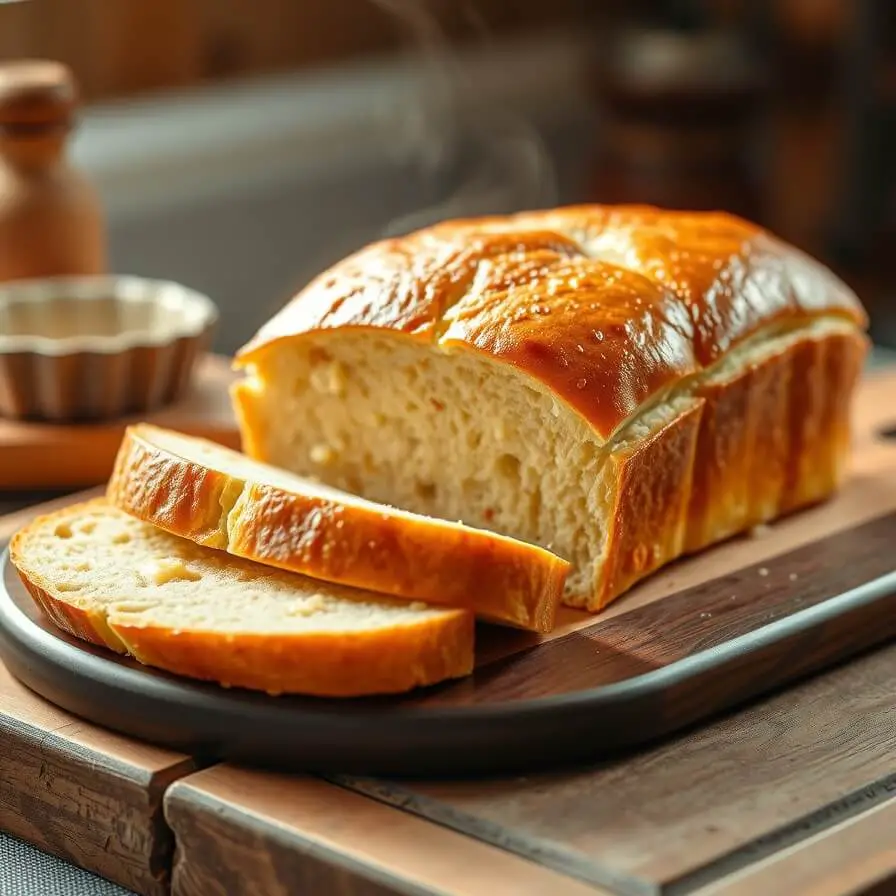
Step – 1: Prepare the equipment and ingredients
Start by preheating your oven to 325°F (160°C). Grease a loaf pan with butter or line it with parchment paper so the bread releases easily after baking. Separate your egg whites from the yolks, placing each in its own bowl. Make sure the cream cheese is soft so it blends smoothly.
Step – 2: Whip the egg whites
Using a stand mixer or hand mixer, whip the egg whites on medium-high speed until stiff peaks form. This part is important because it determines how fluffy your bread will be. The whites should look glossy and hold their shape when you lift the whisk.
Step – 3: Blend the yolks, cream cheese, and butter
In the second bowl, beat the egg yolks together with the cream cheese, melted butter, and salt. Mix until the texture is completely smooth and without lumps. If the cream cheese isn’t soft enough, warm it slightly or beat it a bit longer.
Step – 4: Combine gently
Take a large spoonful of the whipped egg whites and fold it into the yolk mixture to lighten the batter. Once it loosens, slowly fold in the rest of the egg whites. Avoid stirring aggressively—folding helps maintain the air that gives the bread lift.
Step – 5: Pour and bake
Pour the batter into your prepared loaf pan and gently tap the pan on the counter to release any air pockets. Bake for 35–40 minutes or until the top is golden and a toothpick inserted into the center comes out clean.
Step – 6: Cool and slice
Let the bread cool slightly before slicing. The texture becomes sturdier as it cools, making clean slices easier.
Substitutions
One of the best things about carnivore bread is how forgiving it can be. If you don’t have cream cheese on hand, you can swap it with cottage cheese—just make sure to blend it until smooth so you don’t end up with lumps.
Butter can be replaced with ghee if you prefer something with a richer, nuttier flavor. This also helps if you’re sensitive to dairy proteins, since ghee removes most of them.
If you want a firmer texture, adding a tablespoon of gelatin to the yolk mixture can help the loaf hold its shape better. Some people also use egg white powder to create a denser, more traditional “bread-like” feel.
These substitutions allow you to customize the loaf depending on whether you want it soft, fluffy, dense, or rich. Every variation has its own charm, so don’t be afraid to test a few and find the one that fits your routine best.
Best Side Dish of Carnivore Bread
Carnivore bread pairs beautifully with protein-rich sides. Here are three of my favorites:
Buttery scrambled eggs
Simple, creamy, and perfect alongside a warm slice of carnivore bread.
Grilled steak slices
A small steak with a slice of this bread transforms breakfast into a hearty, satisfying meal.
Crispy bacon
It’s classic, salty, and adds the perfect crunch against the softness of the bread.
Serving and Presentation Tips
There’s something deeply comforting about slicing into a warm loaf of carnivore bread, and the way you serve it can make the experience even more satisfying. What I love most is how versatile this bread becomes once it’s cooled—it looks simple, but with the right presentation, it can feel like a little culinary moment.
One of my favorite ways to serve it is slightly toasted with a thin layer of butter melting into the surface. Cutting the slices evenly helps it look more polished, almost café-style. If I’m serving it to family, I’ll slice it a bit thicker, stack the slices on a wooden board, and place softened butter on the side so everyone can spread it to their liking. It gives an inviting, cozy feel—like the kind of breakfast spread you linger over.
If I’m using it for sandwiches, I trim the edges slightly for clean, neat lines, which makes the whole plate look more intentional. And don’t overlook garnishes; even something simple like arranging the slices neatly or placing them beside a warm protein dish can make the meal feel beautifully put together.
Tips and Tricks to Make This Recipe Better
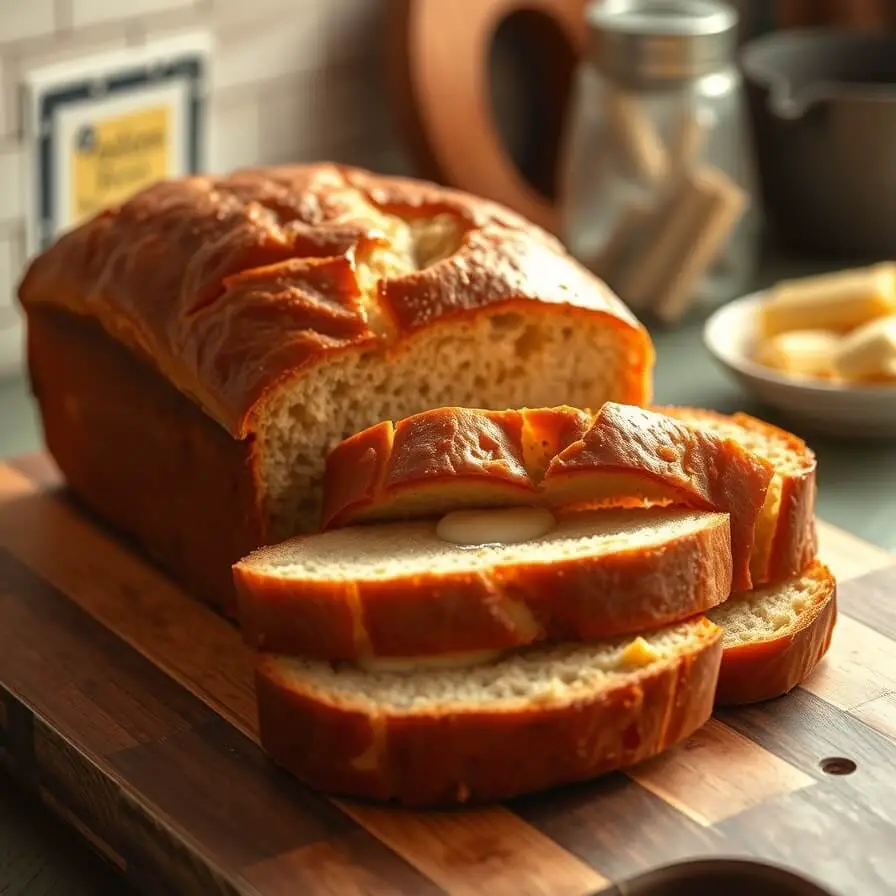
Whenever I make this bread, I lean on a handful of small but powerful tricks that elevate the final result.
The biggest tip is to ensure your egg whites reach stiff peaks—this step determines whether the loaf comes out fluffy or dense. Don’t rush it; let the mixer do the work until the whites stand tall.
Another trick is to let the ingredients come to room temperature before mixing. Cold cream cheese or cold eggs tend to leave lumps and weaken the batter’s structure. A smooth mixture leads to a more uniform texture.
I also recommend tapping the loaf pan lightly on the counter before baking. This helps release any large pockets of air and gives the bread a level top.
Finally, don’t skip the cooling step. Carnivore bread can collapse or crumble if sliced too early. Giving it time to settle ensures clean, satisfying slices.
Common Mistakes to Avoid
One of the easiest mistakes is overmixing the batter once the whipped egg whites are folded in. Stirring too aggressively causes the air to deflate, leaving you with a loaf that tastes good but doesn’t rise well.
Another common issue is baking at too high a temperature. Carnivore bread benefits from gentle, consistent heat. Anything too hot can brown the top too quickly while leaving the inside underdone.
Some people also skip parchment paper or greasing the pan, thinking the bread won’t stick. Unfortunately, carnivore bread can be delicate, and without proper preparation, it may tear when removed.
And lastly, avoid slicing the loaf while it’s too warm. Patience truly pays off here.
How to Store It
Carnivore bread stores surprisingly well, which is one of the reasons I make it often. Once the loaf is fully cooled, wrap it tightly in plastic wrap or place it in an airtight container. It can stay fresh in the refrigerator for up to five days.
If you want to store it longer, slice the loaf and freeze the pieces individually. This makes it easy to grab a slice whenever you need one. Frozen carnivore bread reheats beautifully in the toaster or a warm skillet.
FAQ
Is carnivore bread actually bread-like?
Yes. While the texture differs slightly from traditional wheat bread, it’s soft, sliceable, and perfect for toasting or making sandwiches.
Can I make it dairy-free?
Yes, by using ghee instead of butter and replacing cream cheese with a smooth, high-fat dairy-free substitute. The texture will change a bit, but it still works.
Why did my bread come out dense?
Usually, the egg whites weren’t whipped enough or were overmixed after folding. Whipping them properly helps create lift.
Can I add seasonings?
If your diet allows, a tiny sprinkle of salt or a subtle flavor addition can work, but keep it simple to maintain the carnivore foundation.
Can I double the recipe?
Yes, but you’ll need a larger loaf pan and slightly more baking time. Watch for a golden top and a clean toothpick.

Carnivore Bread Recipe
- Total Time: 55 minutes
- Yield: 1 1x
- Diet: Low Calorie
Description
This carnivore bread is a wonderfully simple, protein-rich alternative to traditional bread. Soft, airy, and gently savory, it brings a comforting texture to a grain-free lifestyle. Melted butter, whipped egg whites, and smooth cream cheese come together to create a loaf that slices beautifully and works just as well for toast as it does for sandwiches. It’s an unbelievably easy recipe that fits perfectly into a carnivore or low-carb diet without sacrificing satisfaction. If you’re looking to add something versatile, filling, and incredibly wholesome to your routine, this is a go-to recipe worth keeping in your kitchen.
Ingredients
- Eggs
- Cream cheese
- Melted butter
- Salt
Instructions
- Preheat the oven and prepare your loaf pan.
- Separate the eggs and whip the whites until stiff peaks form.
- Blend yolks, cream cheese, butter, and salt until smooth.
- Fold the whites gently into the yolk mixture.
- Pour into the pan and bake until golden.
- Cool completely before slicing.
Notes
- Let the cream cheese soften fully to avoid lumps. For a firmer loaf, add 1 tablespoon gelatin to the yolk mixture.
- Prep Time: 10 minutes
- Cook Time: 35–40 minutes
- Category: Bread
- Method: Baking
- Cuisine: American
Nutrition
- Serving Size: 1
- Calories: 140
- Sugar: 1g
- Sodium: 160mg
- Fat: 11g
- Saturated Fat: 6g
- Unsaturated Fat: 4g
- Trans Fat: 0g
- Carbohydrates: 2g
- Fiber: 0g
- Protein: 9g
- Cholesterol: 105mg


